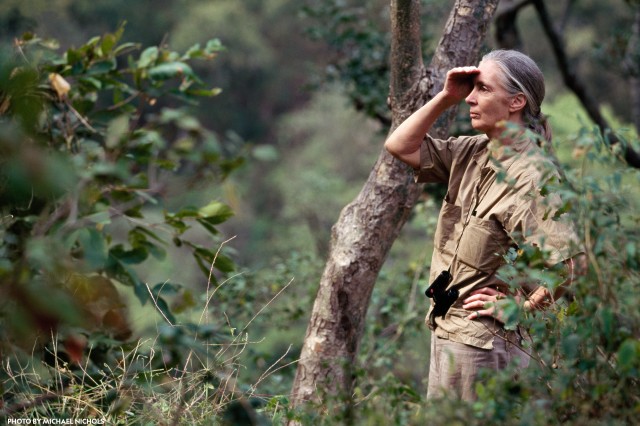Chimpanzees: Redefining What It Means to Be Human
Dr. Jane Goodall’s scientific insights revealed how similar we are to chimpanzees.
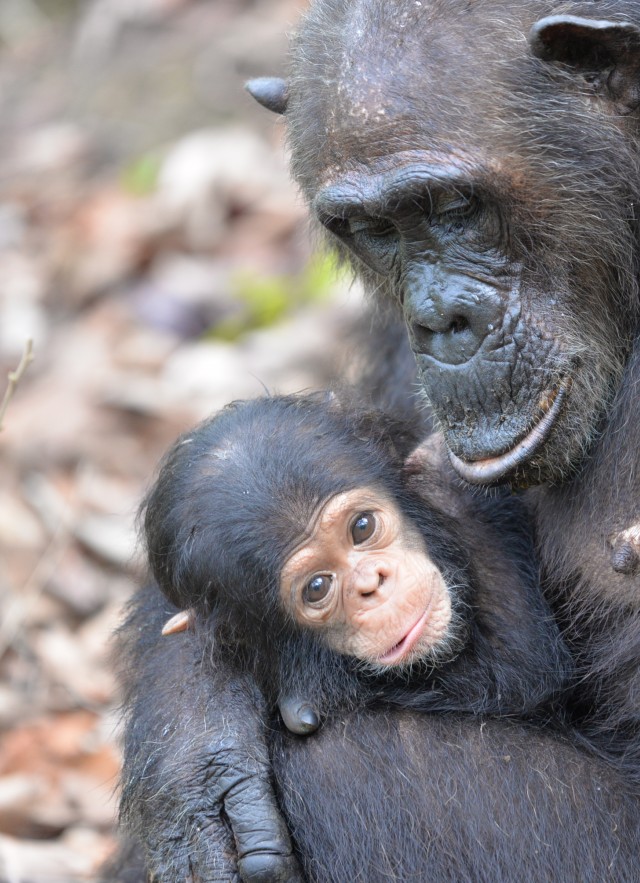
Above image: Gremlin and her infant Goodali of 'G-Family' in Gombe National Park 2019.
Photo by Jane Goodall InstituteI/Madua Musa
After seeing her initial reports on chimpanzees and tool use, Dr. Goodall’s mentor the paleoanthropologist and archaeologist Dr. Louis Leakey responded, “Now we must redefine tool, redefine man, or accept chimpanzees as human.”
While it was tool use that sparked Dr. Leakey’s reply, Dr. Goodall’s other scientific insights further blurred the line between chimpanzees and us – and the rest of the animal kingdom.
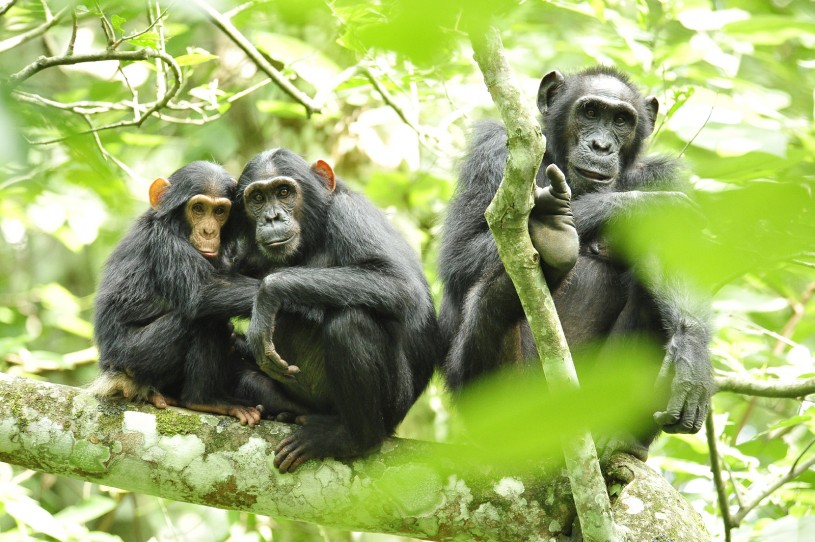
For centuries, tool use separated humans from other animals. It was believed that humans use and make tools while other animals do not – until Dr. Jane Goodall watched a chimpanzee strip a stem of its leaves and dip it in an ant mound in Gombe, Tanzania.
The chimpanzee she would come to know and love as David Greybeard had crafted a pole to ‘fish’ for ants.
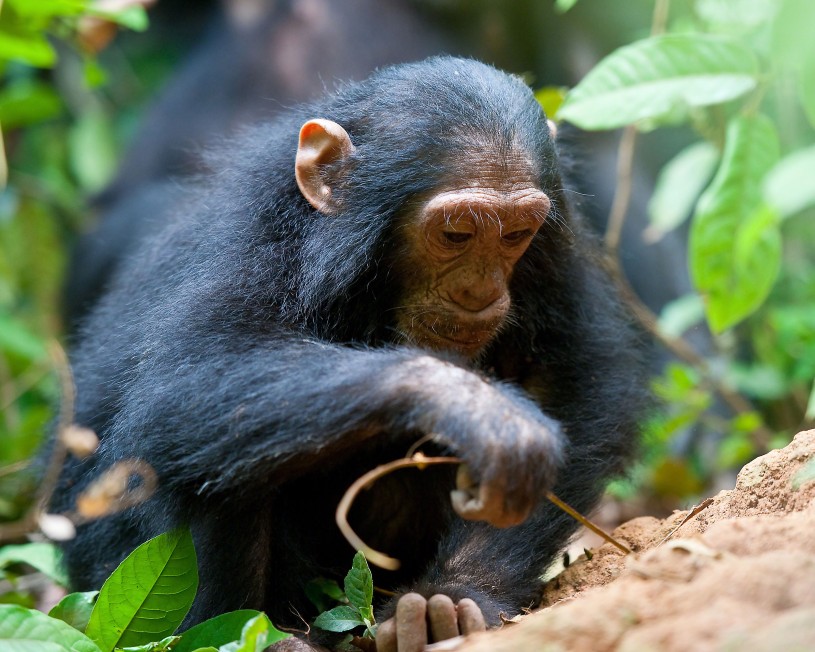
Dr. Goodall would further observe chimpanzees using tree branches to crack open insect nests, rocks to pulverize fruits and nuts, and even create something like a sponge: chewing up leaves and using the resulting wad to soak up water. Later researchers uncovered that different chimpanzee groups use tools differently.

Conventional wisdom held that chimpanzees ate only plants, but Dr. Goodall discovered chimpanzees’ appetites stretched further than the occasional insect feast. She found that chimpanzees eat meat, and not just scavenging a carcass here or there: they hunt.
Initially, she observed chimpanzees eating a bushpig, but later discovered apes hunting a red colobus monkey. Subsequent researchers have uncovered even more evidence: when they eat juvenile monkeys, they start with the brain, likely as a source of fats and fatty acids. Although this was a remarkable observation, it is also now known that meat only comprises less than 3% of their diet.
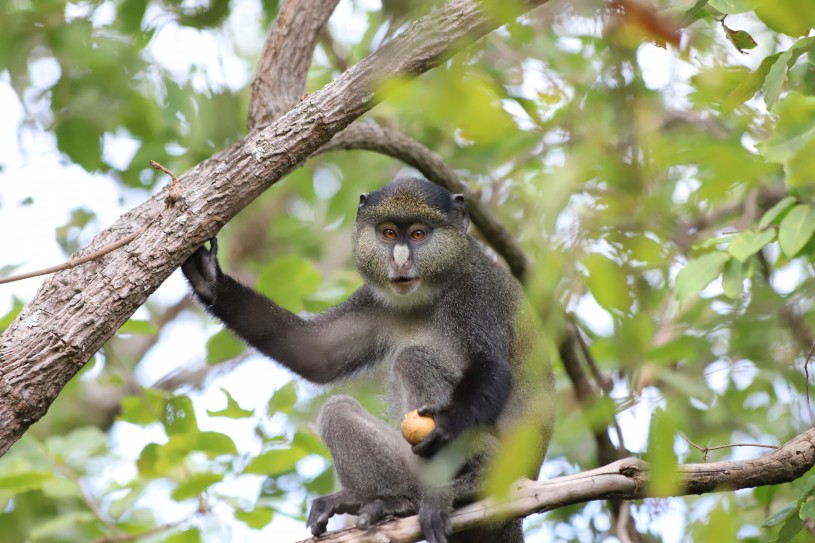
While Dr. Goodall initially believed chimpanzees to “be like humans but better” she also uncovered that they can be violent.
During her time at the Gombe Stream National Park, she witnessed a chimpanzee “civil war” that lasted from 1974 to 1978. A once cohesive group of chimpanzees split in two, with a group of six adult males along with three adult females and their young leaving the larger community, ultimately killing the males they’d left behind over the course of the conflict.
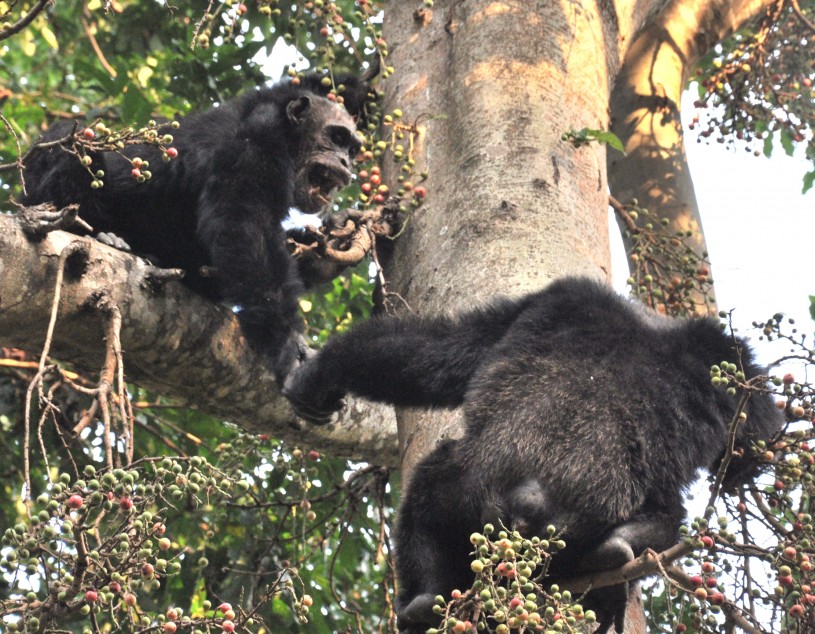
A recent study concluded the Gombe Chimpanzee War as it came to be known was most likely the result of a power struggle between three high-ranking males. Just like humans, chimpanzees go to war over territory and the resources that go along with that control.
Although these were dark revelations, it was also uncovered that chimpanzees share many of our traits of kindness and connection, like the incredibly strong bonds between a mother and child.
Baby chimpanzees are completely reliant on their mothers, just like humans, for the first years of their lives. They typically aren’t weaned until around five years of age, and usually hang out with mom for a few more years and sometimes their entire lives.
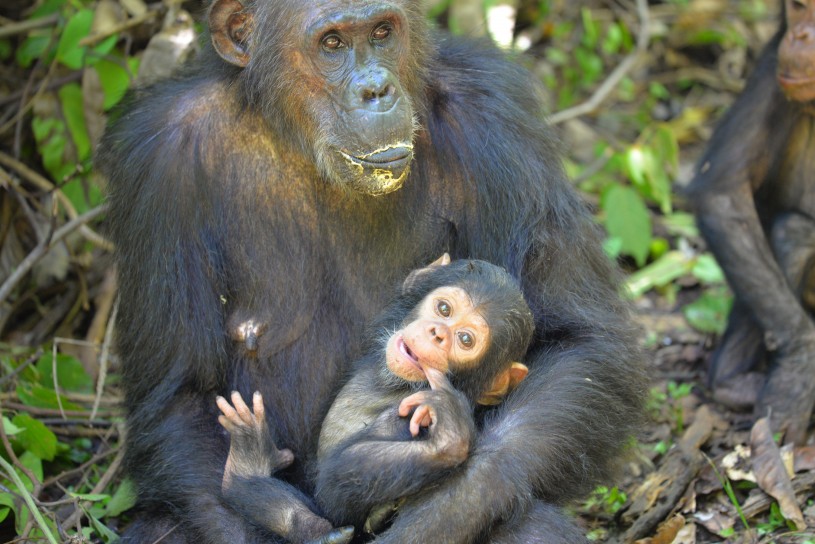
During her time at Gombe, Dr. Goodall witnessed all kinds of different parenting styles, from the playfully affectionate to the less attentive. She further observed how a particular parenting style affected individuals into adulthood, shaping their personalities. Recent studies from current Gombe research have even revealed the relationship between strong mothers and the likelihood of their sons becoming dominant males in the community. Another publication out of Duke University in early 2020 concluded that “Female Chimpanzees with Powerful Moms are Less Likely to Leave Home.”
She also found that in certain cases, a chimpanzee will adopt an orphaned youngster, something unheard of before her observation. This level of compassion and altruism was exhibited by many individual chimpanzees over her field research, and observed by future scientists at Gombe and beyond.
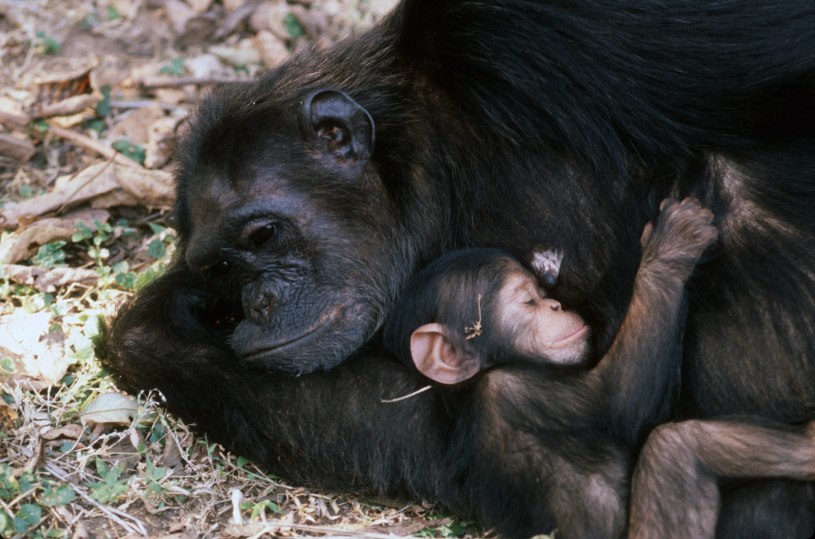
We now know that chimpanzees share 98.6 % of our DNA, making them our closest living relatives, but through careful observation, Dr. Goodall uncovered our similarities long before the geneticists, expressing this essential fact as only she can:
“Chimpanzees, more than any other living creature, have helped us to understand that there is no sharp line between humans and the rest of the animal kingdom. It’s a very blurry line, and it’s getting more blurry all the time.”
Dr. Goodall’s living legacy of scientific findings and innovations lives on through the Jane Goodall Institute. Research at Gombe is now home to the longest-running wild chimpanzee study in the world – over 60 years – and growing! Gombe is also home to an extraordinary number of other researchers and studies, including on hybrid monkeys (a rare phenomenon), and one of the longest-running studies on wild baboons. You can learn more about this work here
From scientist to activist, Dr. Goodall also founded the Jane Goodall Institute to protect these endangered beings and their forest homes. It’s up to each of us to make a difference for incredible species like the chimpanzee and all life on Earth.
Explore all of Dr. Goodall’s scientific insights and her transformation into an activist and global icon at Becoming Jane: The Evolution of Dr. Jane Goodall, a state-of-the-art exhibition on view at NHM now through April 17, 2022.

Becoming Jane: The Evolution of Dr. Jane Goodall is organized and traveled by the National Geographic Society in partnership with the Jane Goodall Institute.
